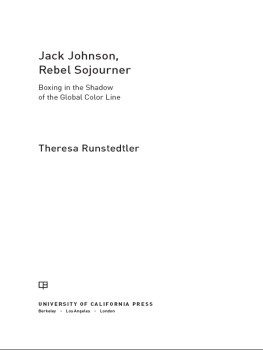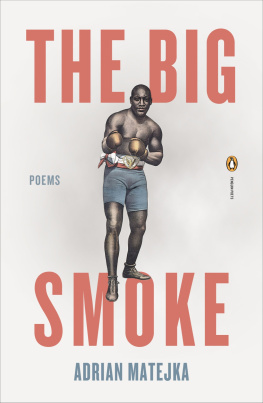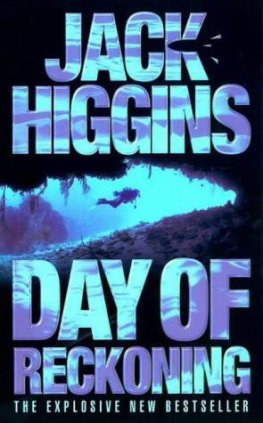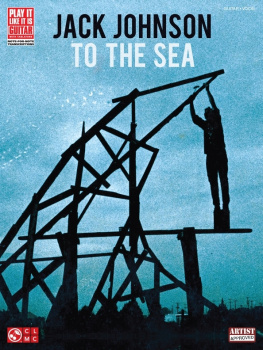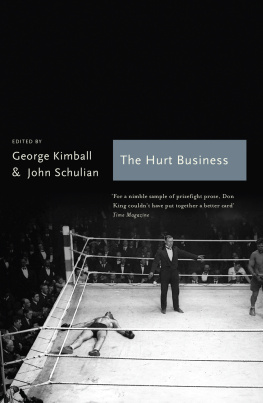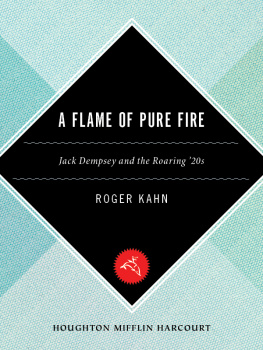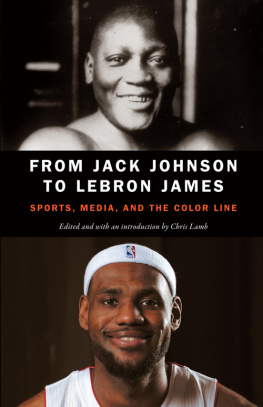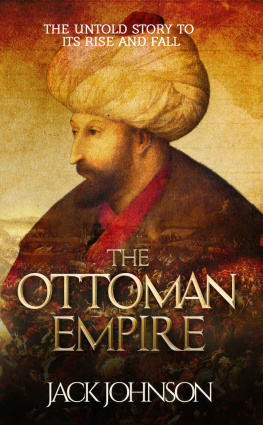Acknowledgments
This project has truly been a journey, from idea, to prospectus, to dissertation, to book. Along the way I have compiled a very long list of people and organizations to thank for their contributions to my work and my life.
My own journey to academia followed a route that was far from traditional. Before returning to school to study for a PhD, I spent several years working as a professional dancer, model, and actress in Toronto. Although I loved the energy and camaraderie of working with other performers (especially all my friends in the Raptors Dance Pak), I decided to go back to school for radio and television production at Ryerson University in the hopes of establishing a more lucrative and legitimate career on the other side of the camera. Realizing that I lacked the passion for media production, I dropped out of Ryerson and spent a year working in the public relations department of what was then CTV Sportsnet (now Rogers Sportsnet). In many respects this book is a logical outgrowth of these experiences. Working in the world of professional sport and entertainment has been an important source of insight when it comes to exploring representations of race and gender in popular culture. Part of my goal in reexamining Jack Johnson's story is to take seriously the political conversations stemming from this world. This book honors the many vibrant people who were central to this part of my life, including Greg and Chris Johnson, who introduced me to the sport of boxing.
When I finally arrived at Yale University in 2001, I launched into my studies with purpose and gusto. I have been blessed with the continued support of my graduate mentors, for whom I have the utmost admiration and respect. My dissertation director, Matthew Frye Jacobson, believed in this project even before I did, and his enthusiasm for each draft helped to sustain me through the difficult task of writing. Even when I visited his office, lost in a sea of ideas or drowning in the paperwork of the job market, he helped me chart a course for completion and success. Glenda Gilmore, who always inspired me with her encyclopedic knowledge of African American history, has graced this project with her incredible eye for detail, her love of good writing, and her chronological rigor. Seth Fein, one of the most brilliant historians I have come across, has been an invaluable resource for both unconventional ideas and practical advice. Finally, working with me in the prospectus phase of this project, Paul Gilroy was a fount of theoretical ideas and a wealth of contextual information on European race relations.
African American studies and History at Yale were great departmental homes. Alongside my dissertation committee, I had the pleasure of working with inspiring professors like Jennifer Baszile, David Blight, Hazel Carby, Jonathan Holloway, and Michael Mahoney. The staff members in both departments saved me countless times. Colleagues Jay Driskell, Sarah Haley, Jana Lipman, Shana Redmond, Anita Seth, Melissa Stuckey, and the rest of the GESO Organizing Committee sustained me through some very tough times. They hold me to a very high standard as a scholar and a person; I strive to be as strong in my convictions as they are.
I could not have completed such a far-reaching, transnational, and multilingual project without the financial support of a number of institutions. Funds from the Beinecke Library, the Yale Center for the Study of Globalization, the Gilder Lehrman Institute, the Organization of American Historians, and the Yale Center for International and Area Studies made my archival research possible, even as the value of the U.S. dollar plummeted. Other long-term awards kept me afloat over the years, including the Canadian Social Science and Humanities Research Council Doctoral Fellowship and Yale's Leylan Fellowship.
As an assistant professor at the University at Buffalo, a new set of resources opened up to me. The UB Humanities Institute, under the direction of Tim Dean, granted me a faculty fellowship, which along with my junior leave made it possible to quickly transform my dissertation into a book without having to compromise my vision. UB also provided start-up funds that allowed me to continue my work at the Schomburg Center for Research in Black Culture, to buy much-needed secondary sources, to hire professional researcher Jeannine Baker for work in the State Library of New South Wales, and to hire UB Caribbean studies graduate student Ernesto Mercado to help translate some of my Spanish sources. (A special thanks to Jeannine and Ernesto for all their hard work behind the scenes.) Assistance from the Julian Park Publication Fund enabled me to purchase the reproduction rights for the images in this book.
Since I spent much of my time researching abroad, I want to thank all those who helped make London and Paris my homes away from home. I am grateful to all the helpful staff at the Bodleian Library's John Johnson Collection in Oxford, the British Library's Newspaper Collection in Colindale, the National Archives in Kew, and also to Josiane Gandois at the Bibliothque nationale de France for helping me get permission to see La Boxe et les boxeurs. Outside the library, Jeanefer Jean-Charles, Mark Hartley, and the entire Jean-Charles familyespecially my English mum, Mary, who taught me what it was like to be a St. Lucian immigrant in the 1950smade my times in London some of the best of my life. They opened their hearts and homes to me, and even included me in their family activities. In Paris, Kader and Siham Bourhim let me stumble over my French words while continuing to invite me over for fabulous Moroccan mint tea. I will always remember our many conversations about race, cultural differences, politics, and the meaning of life (No6ra!). Naomi Hewitt-Couturier and her fashionable amis internationals let me tag along to all the hottest places in Paris, while Sara White Wilson inspired me with her artistic vision and wonderfully dry sense of humor.
This labor of love also required visits to various archives in the United States. The supportive staff at the Schomburg Center, the Library of Congress, and the National Archives in College Park helped me to navigate their holdings. Thanks to Larry Reynolds, my roommate and confidante in Adams Morgan, for offering me advice and support during one of the most tumultuous summers of my life.
During the writing stage, many people listened to and read parts of my evolving manuscript. My participation in panels at the annual meetings of the American Studies Association, American Historical Association, the Collegium of African American Research, the Organization of American Historians, and the Popular Culture / American Culture Association forced me to write faster and think more clearly. I also spoke at the following venues: the Race and Africana Studies Conference at the University of Connecticut; the Telling Stories Graduate Symposium at the University of Toronto; the Edward Bouchet Seminar Series, organized by Yale's Office for Diversity and Equal Opportunity; the Gill Lecture Series at Tufts University; and the UB Humanities Institute Scholars at Muse series at the Albright-Knox Art Gallery.
My graduate school colleagues were some of my most dedicated and exacting readers. My writing groups at Yale provided conceptual frameworks, constructive criticism, and life advice. Special thanks to Adam Arenson, Amanda Ciafone, Gretchen Heefner, Brandi Hughes, Lisa Pinley Covert, Camilla Schofield, Jenifer Van Vleck, and Helen Veit. I am especially grateful to Jana Lipman for being both a close friend and the closest reader of my dissertation. I cannot say enough how much her fellowship and intellectual exchange have shaped this project.
Writers and scholars from across the academy and beyond were also generous with their time and expertise. Adrian Burgos Jr. first encouraged me to write a project that involved boxing. Through her work on the 1968 Olympics, Amy Bass showed me that it was possible. Christopher Rivers gave me important leads in the French press. Patrick McDevitt offered advice about British sources. John Maynard introduced me to the Coloured Progressive Association of New South Wales and shared their photo with me. Matthew Guterl and Vivian Halloran encouraged my analysis of popular culture and black trans-nationalism. Satadru Sen helped me find Indian articles on Johnson, while Paul Kramer pointed me toward relevant Philippine newspapers. Andrew Offenburger not only offered keen advice about the history of race in South Africa, but he also volunteered to do microfilm searches in the bowels of Sterling Library. Johnson's most recent biographer, Geoffrey Ward, shared helpful leads over the course of this project.
Next page
